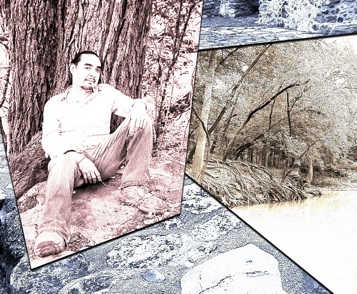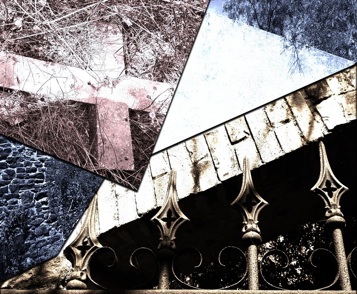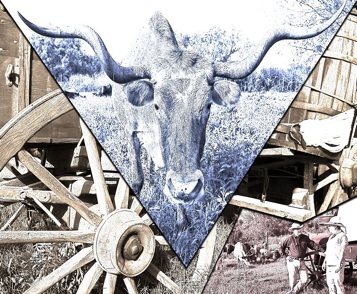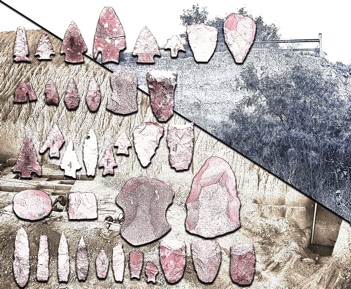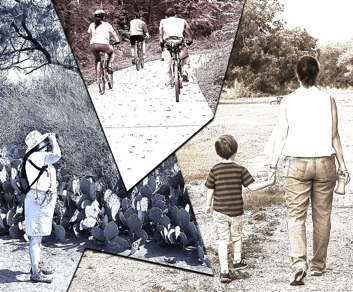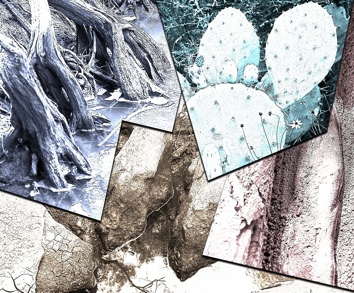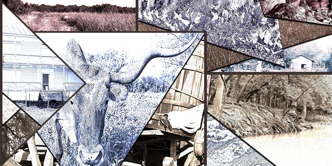Diverse Cultures / One Land




Settlers
During the digging of the dam for the voter-rejected Applewhite Reservoir, one man--Richard Beene--stepped off his earth-moving machine and discovered archeological artifacts dating back many, many millennia. As a result of his find, this place would become known to archeologists as “the Richard Beene Site.” (Click text or image to read more...)
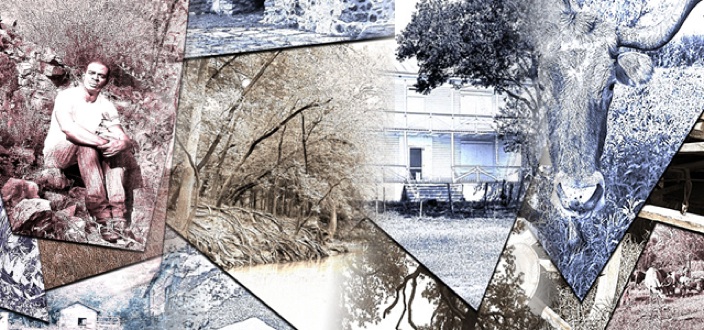
Artists’ Statement
The inspiration for the idea behind the work came from the Land Heritage Institute, the organization overseeing 1200 acres of open space on the Medina River that was once slated to become the Applewhite Reservoir. Land Heritage Institute (LHI) leadership is comprised of a representative from each of the following permanent member organizations:
American Indians - Texas at Spanish Colonial Missions
City of San Antonio - Department of Parks & Recreation - Medina River Natural Area
Friends of the Medina River
Green Spaces Alliance of South Texas
San Antonio Conservation Society
South San Antonio Chamber of Commerce
Texas Equestrian Trail Riders Association
We as artists found it interesting that such diverse groups of people would be connected or linked by one piece of property. As we learned more about the history of the 1200 acres, we discovered that this was not a new phenomenon for this land. According to Texas A&M archeologists, “The LHI site has been identified as one of the most unique anthropological and archeological locations in the United States.” Artifacts found on the land show evidence of human habitation extending back 15,000 years.
Throughout the years peoples have come and gone from this land, leaving traces and influences both on the land and each other. The nine Diverse Cultures / One Land images deal with the influences of the following: original ancient Americans, the Spanish (the Ignacio Perez Family and “the oldest working ranch in Texas”), the settlers (the Applewhite, the Presnall and the Watson families), the slaves, the cattle ranchers, the archeologists, the current Native Americans, the future that man will have on the land, and lastly, the natural land itself that brings us all together.
This project consists of portraits of cultures. This 1200 acres is a microcosm of Texas culture itself, dating back to the beginnings of human life in Texas. According to Dr. Alston Thoms, a Texas A&M archeologist who has spearheaded much of the archeological work on the LHI property, “The whole of ancient history in Texas, really, South-, Central-, North America, or even in the New World, is embedded in the Land Heritage Institute.” What happens to this land in the future will determine whether or not future Texans have the opportunity to learn about that history. We, as artists, wanted to show these histories and heritages, and to allow those who view our images the opportunity to realize they too are linked to the land and the cultures that have come before them.
--Nancy Cavender-Garcia (lead artist), Robert Garcia, Jennifer Martin, Whitney Smith
